
Sind Balkonkraftwerke preiswert? Erklärung der relativen Kosten von Solarenergie
As the world grapples with the urgent need to transition to clean and renewable energy sources, solar power has emerged as a promising solution. With the rising popularity of Solar Kits, many individuals and households are considering harnessing the power of the sun to meet their energy needs. One of the primary considerations when evaluating the feasibility of solar energy is cost. But are Solar Kits truly "cheap," and what does "cheap" mean in the context of solar power? Let's delve into the relativity of cost and explore the factors that determine the affordability of Solar Kits.
What is Cheap?
The concept of "cheap" is subjective and highly dependent on various factors. When it comes to Solar Kits, the cost can be assessed from multiple perspectives, considering both the upfront investment and the long-term savings. While solar energy offers many advantages, it is essential to evaluate the relative cost compared to other energy sources.
First and foremost, the initial investment required for installing Solar Kits can be a barrier for some households. The cost varies depending on factors such as system size, quality of panels, location, and installation fees. While the upfront cost of Solar Kits may seem high compared to conventional energy sources, it is crucial to consider the long-term benefits they offer. With Robinsun Performance, for just 599 you can start producing your own solar energy.
Solar Kits are designed for long-term use, typically with a life span of 25-30 years. During this time, the primary source of energy, sunlight, is free and abundant. This is in stark contrast to traditional energy sources, which rely on fossil fuels that are costly and finite. Therefore, when evaluating the cost of Solar Kits, one must consider the long-term savings. Solar energy can help households save significantly on electricity bills, especially as electricity prices continue to rise due to the costs associated with fossil fuel extraction, transportation, and usage. Over the projected lifespan of the solar system, the savings can offset the initial investment, making solar energy a cost-effective option in the long run. For 25 years you will be paying the same price for kWh without inflation. You can see what the price per kWh you would pay for the next 25 years using our Yield Calculator.
Furthermore, governments and local authorities in many regions offer incentives and subsidies to encourage the adoption of solar energy. These incentives can help offset the upfront cost and reduce the payback period, making Solar Kits more affordable for households. In some cases, solar panels can even generate surplus electricity that can be sold back to the grid, further offsetting the initial investment and providing a source of income for solar system owners.
Another factor to consider when assessing the cost of Solar Kits is the environmental impact. Traditional energy sources, such as fossil fuels, have a significant carbon footprint and contribute to climate change. The cost of mitigating these environmental damages is not factored into the price of conventional energy. In contrast, solar energy is clean and emits no greenhouse gases during operation. By adopting Solar Kits, households can contribute to reducing carbon emissions and the associated costs of climate change.
It is important to note that the cost of solar energy is declining. Technological advancements, increased economies of scale, and growing market competition have all contributed to the decreasing cost of Solar Kits. As the industry continues to evolve, it is expected that solar energy will become even more affordable and accessible to all.
Moreover, the concept of "cheap" in relation to Solar Kits should not be confined to monetary terms alone. When evaluating the cost of solar energy, one must also consider the social and environmental benefits it offers. Solar kits provide households with energy independence, reducing their reliance on centralized energy grids and fossil fuel-based power sources. This increased energy self-sufficiency can enhance a household's resilience during power outages, natural disasters, and energy price fluctuations.
In summary, the affordability of Solar Kits is a relative concept, dependent on multiple factors such as upfront investment, long-term savings, government incentives, and environmental considerations. While Solar Kits may require an initial investment, the long-term financial benefits, combined with government subsidies and the positive environmental impact, make them a cost-effective and sustainable energy solution in the long run. As technology advances and economies of scale continue to drive down costs, solar energy will become even more accessible and affordable for households worldwide. So, are Solar Kits cheap? The answer lies in a comprehensive evaluation of their long-term value, taking into account the multiple benefits they offer beyond all of these monetary considerations. You decide ;)

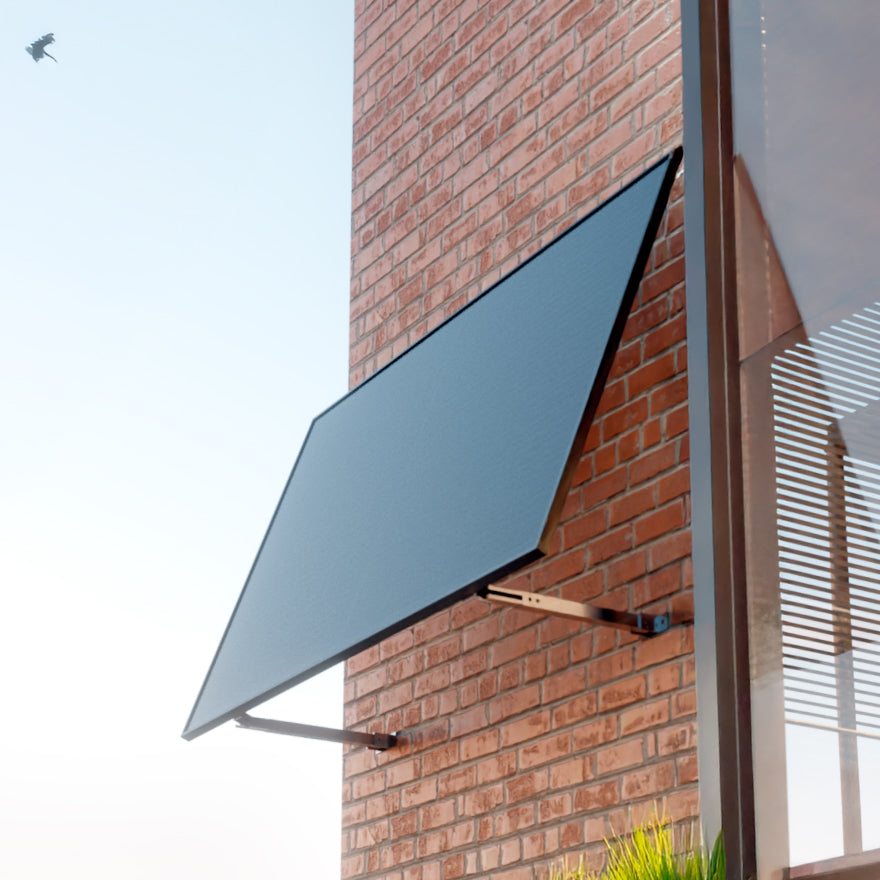
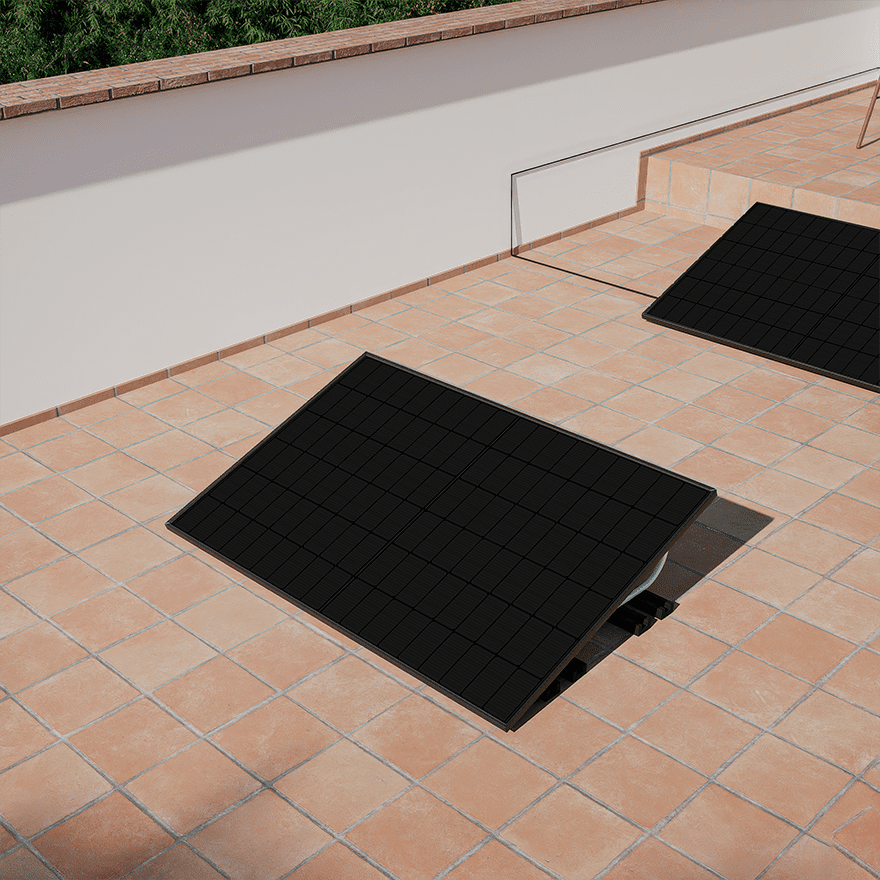
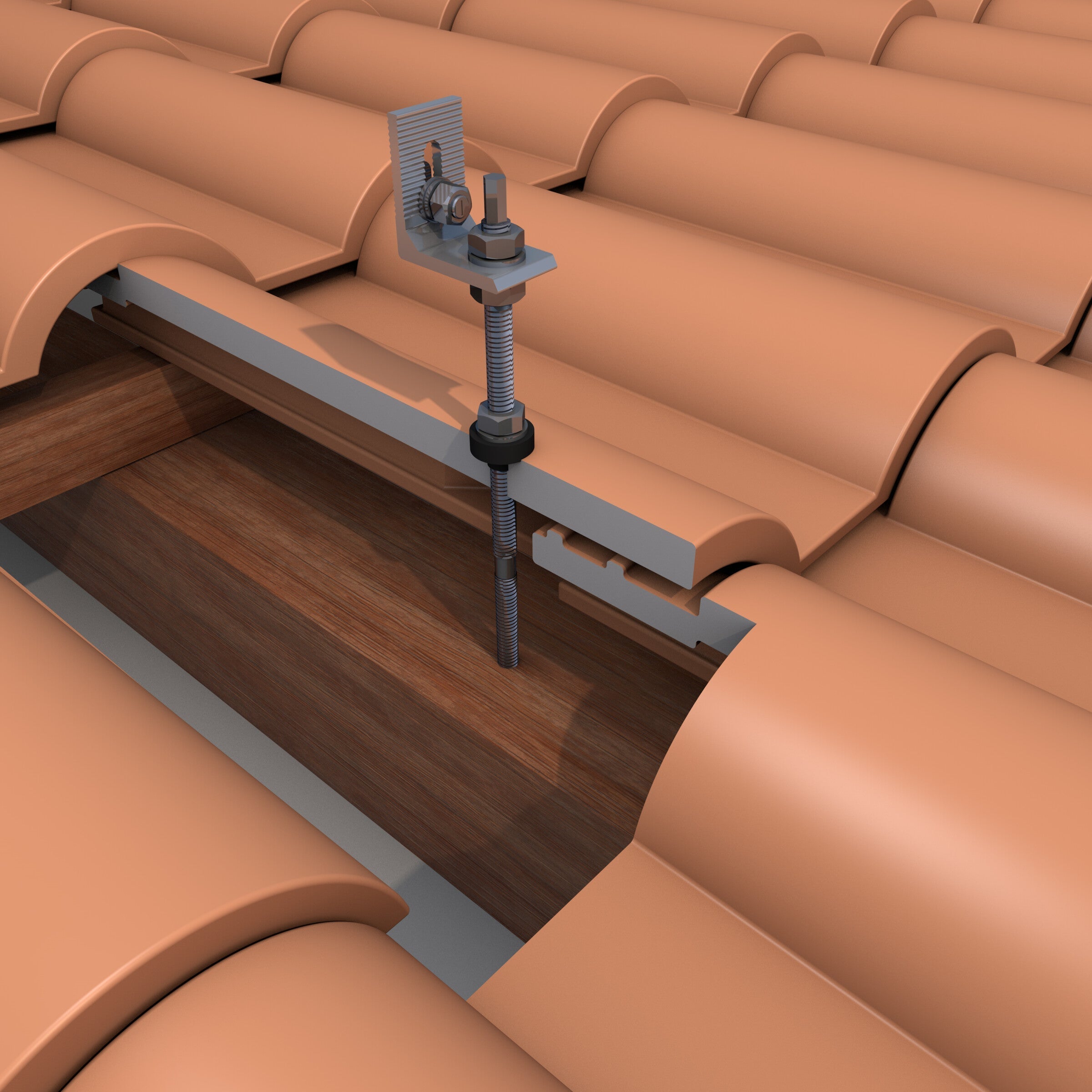
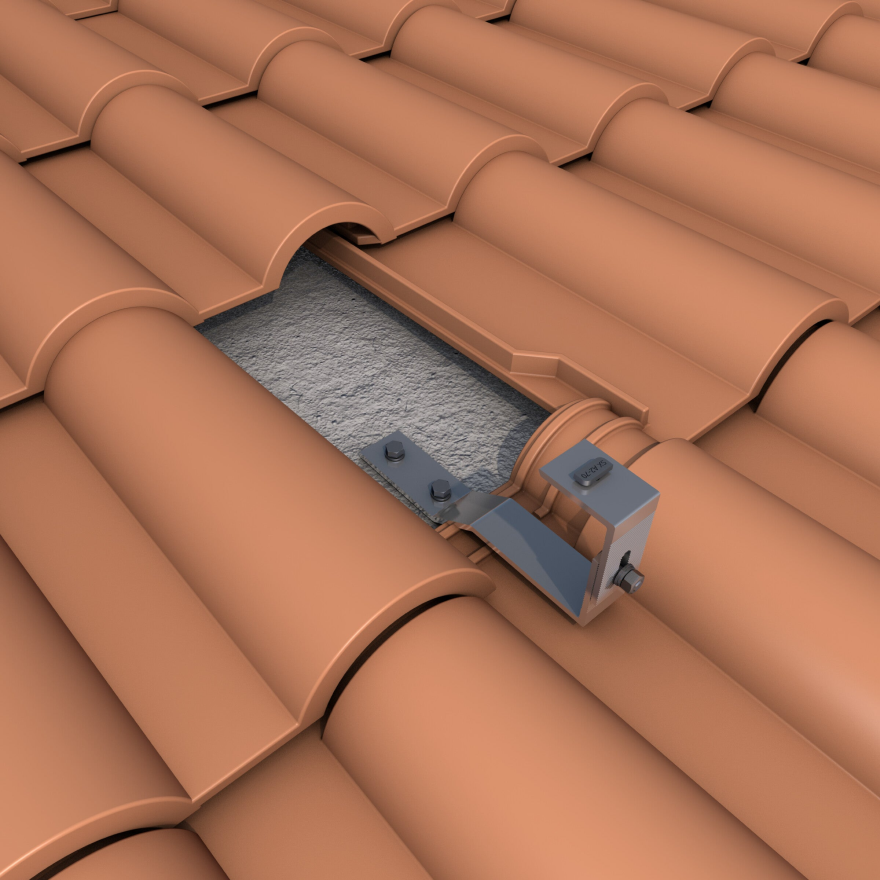
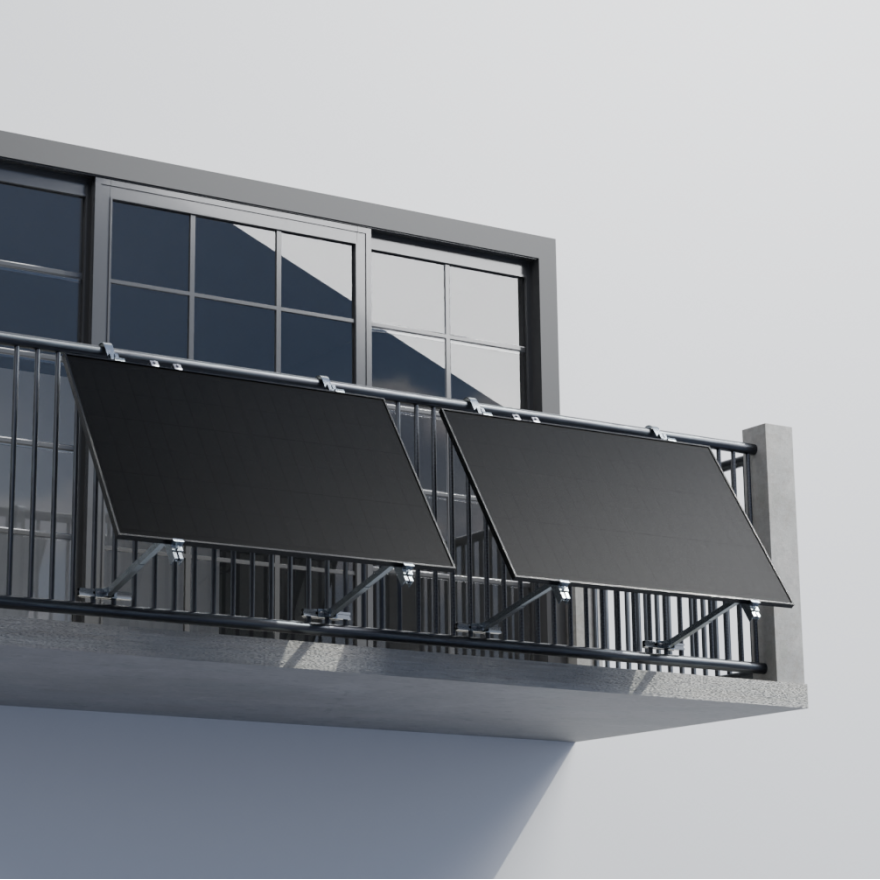
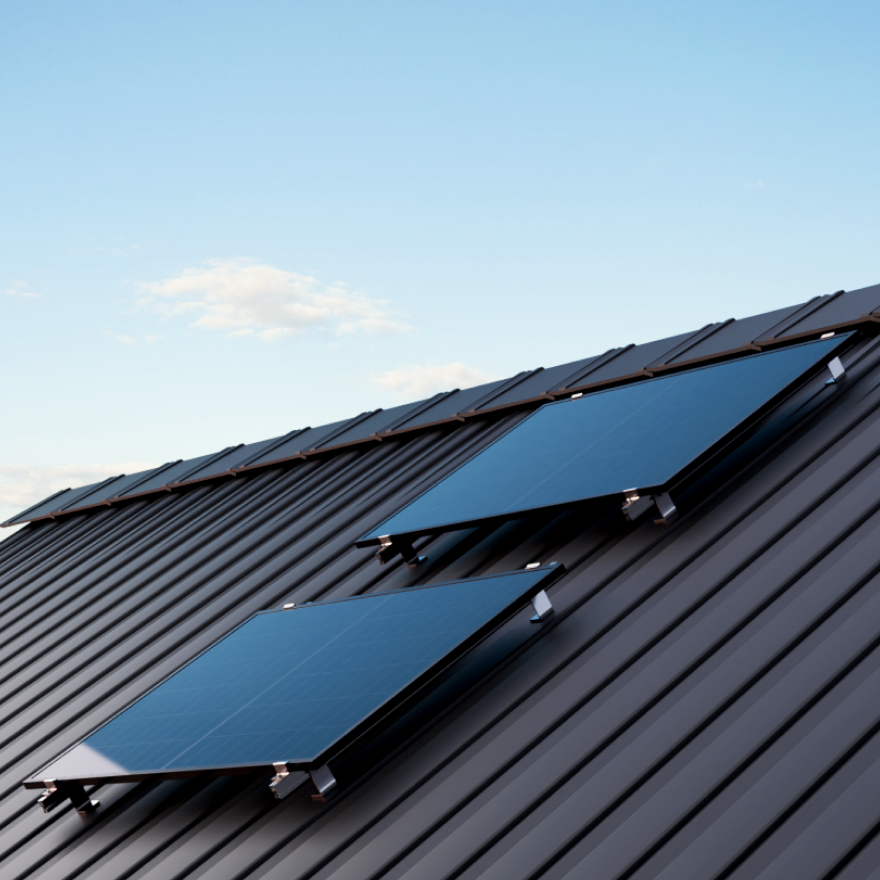
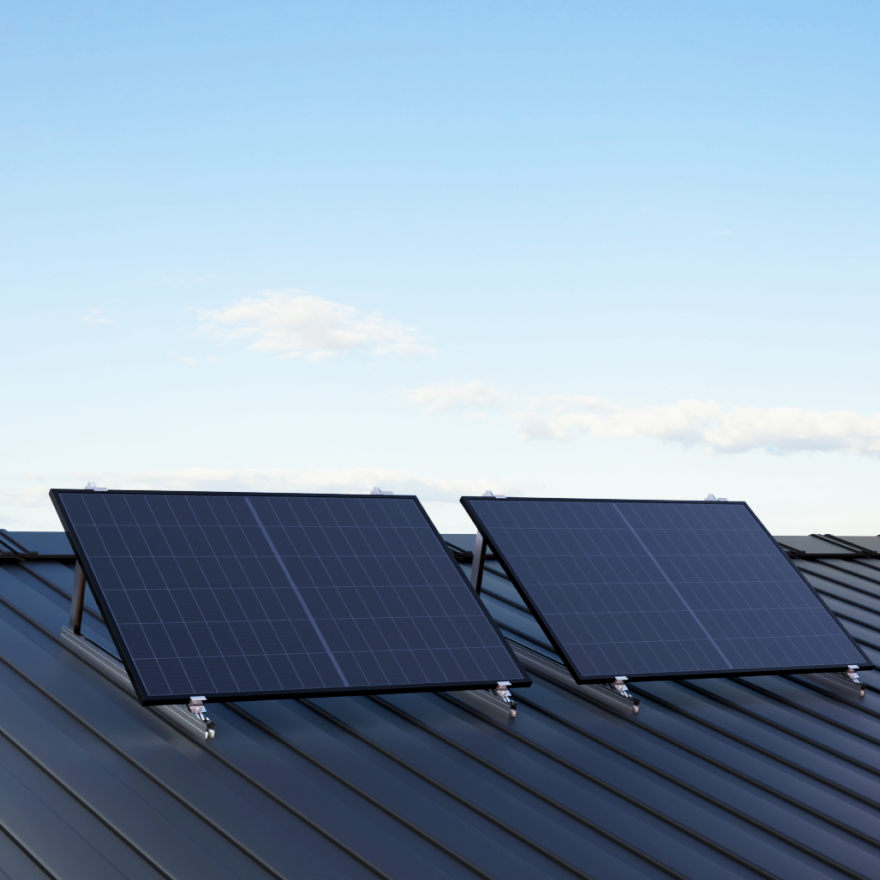
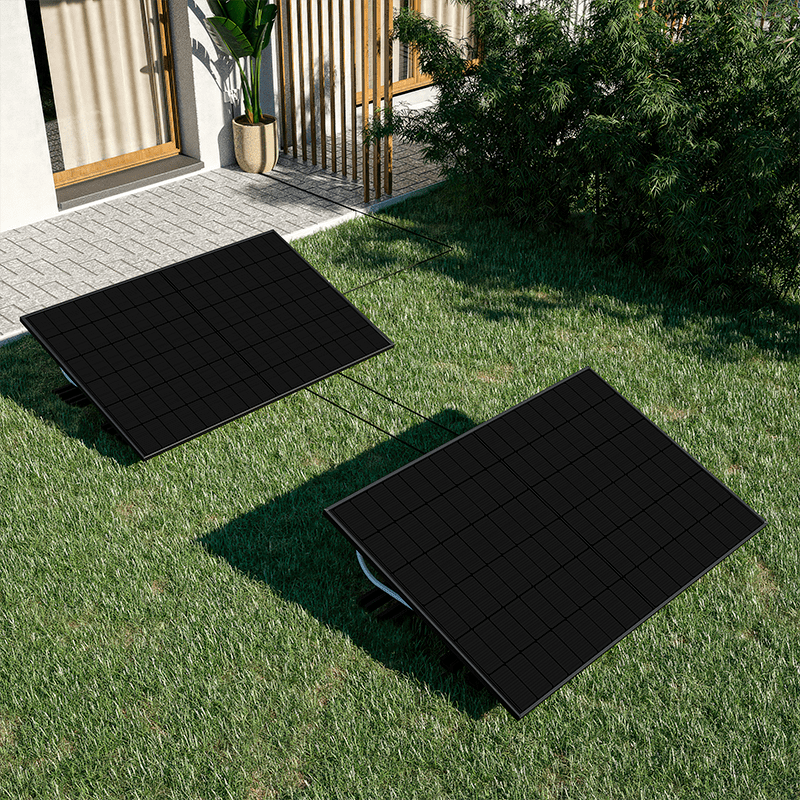
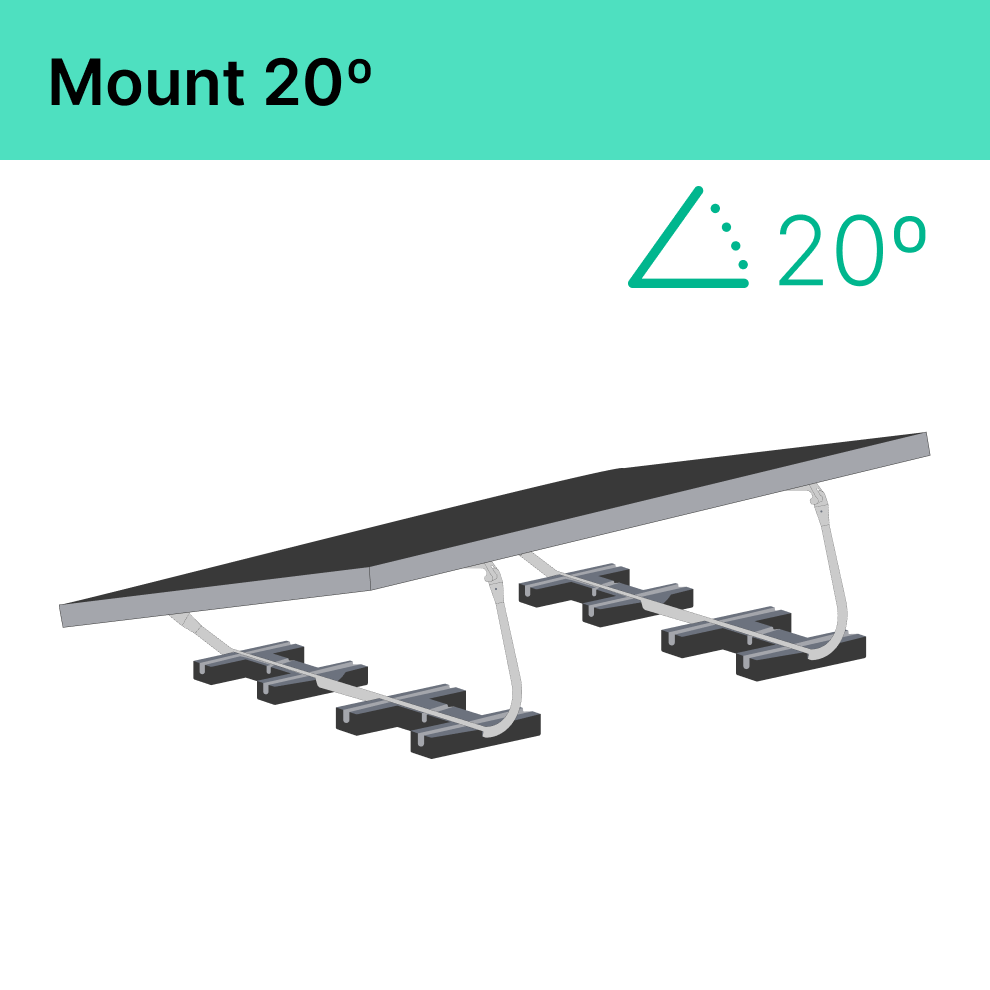
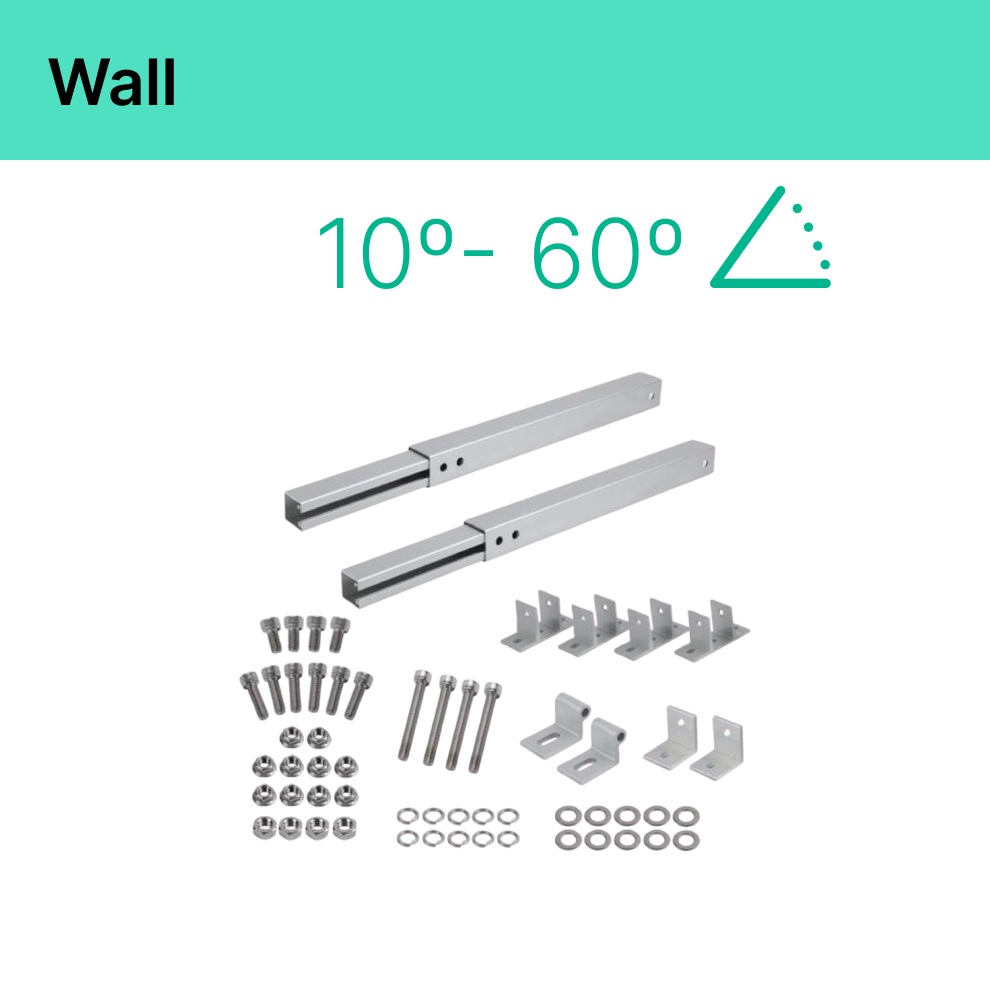
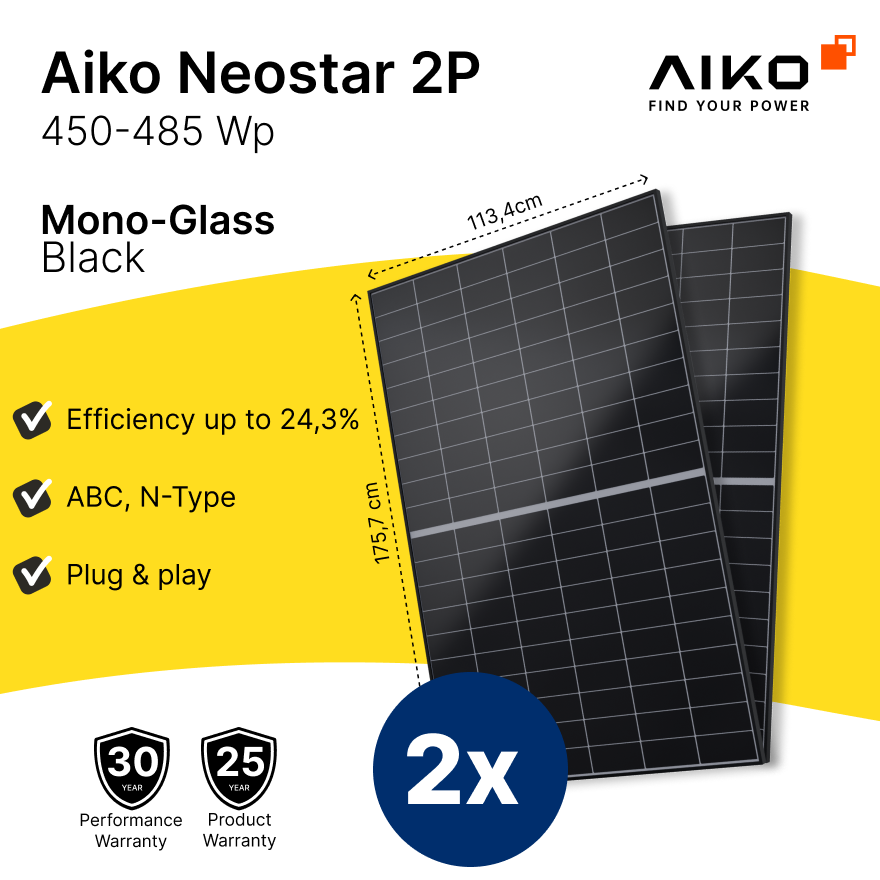
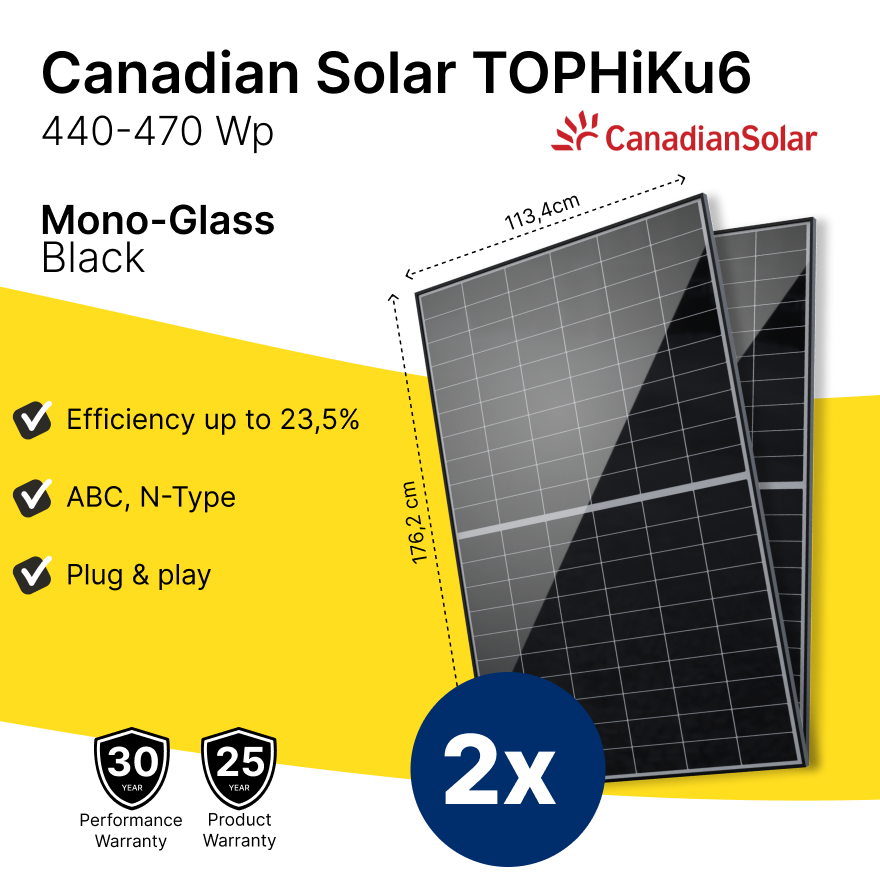
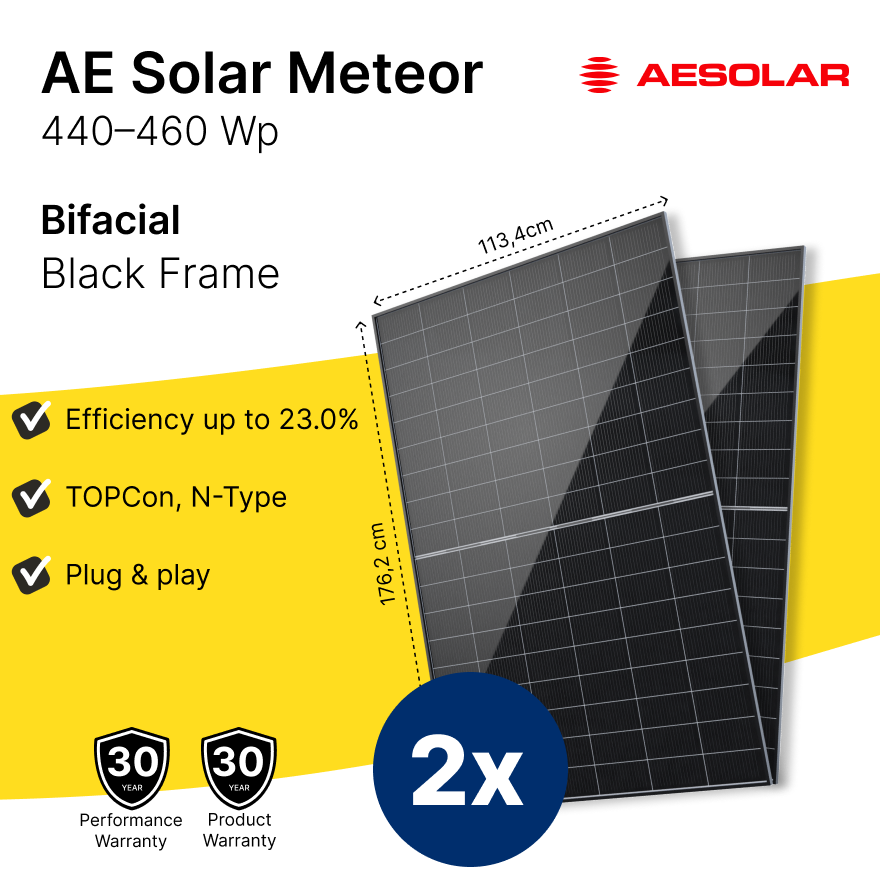
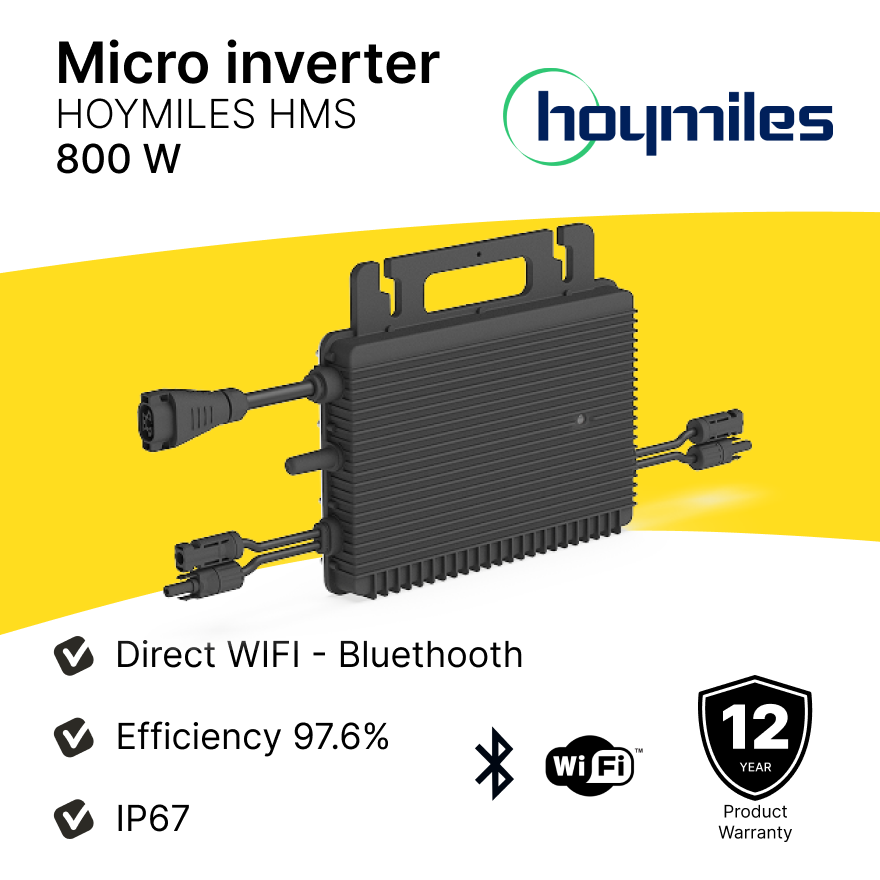
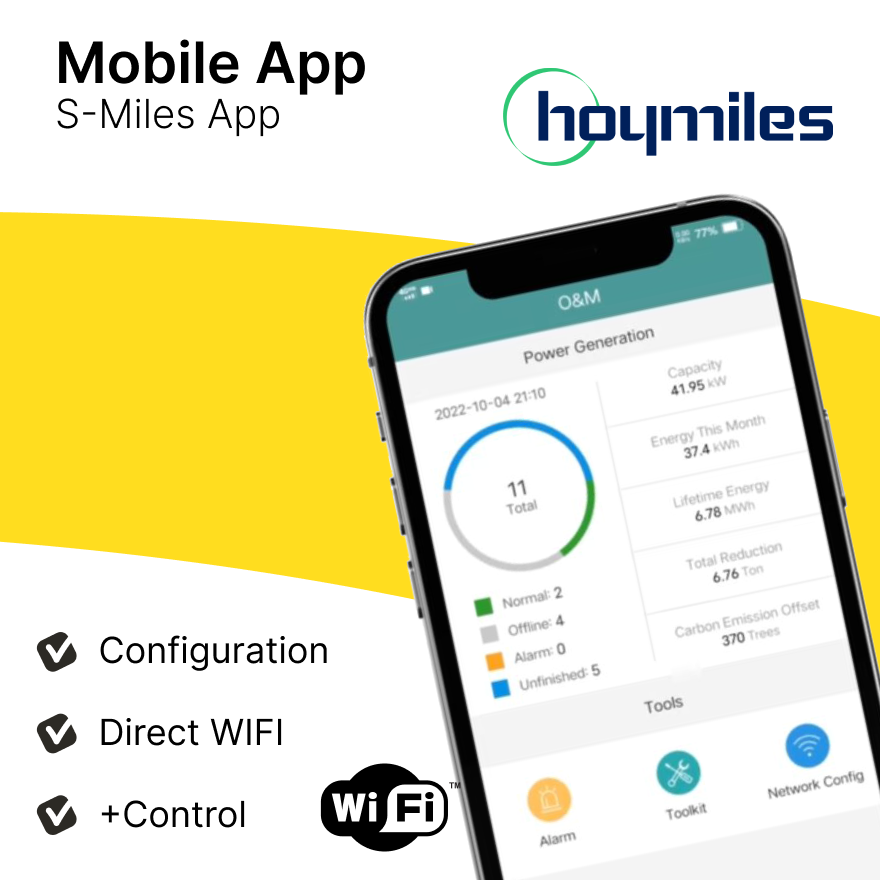
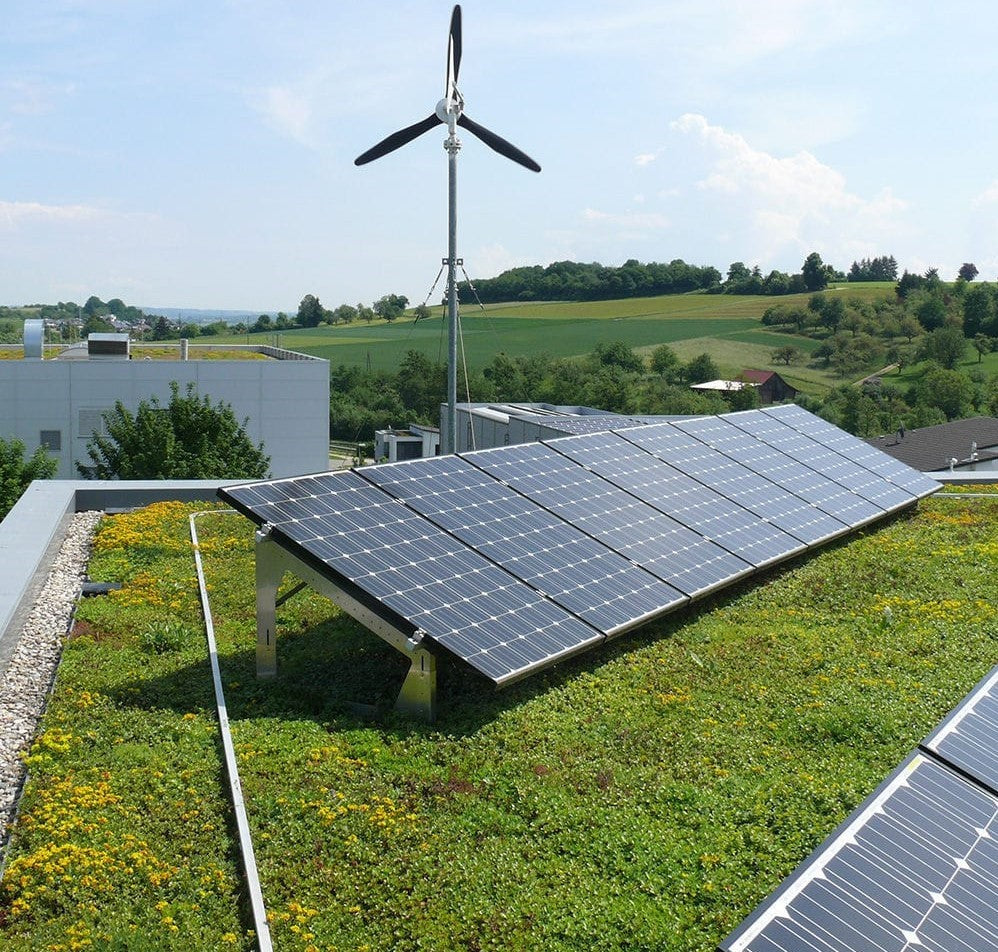

Hinterlasse einen Kommentar
Diese Website ist durch hCaptcha geschützt und es gelten die allgemeinen Geschäftsbedingungen und Datenschutzbestimmungen von hCaptcha.